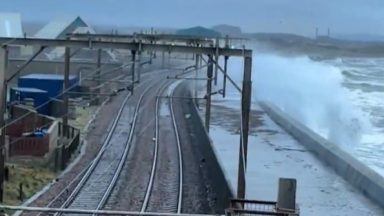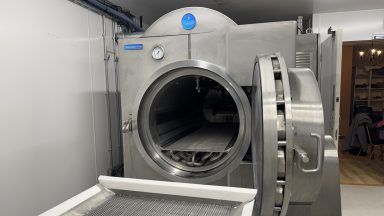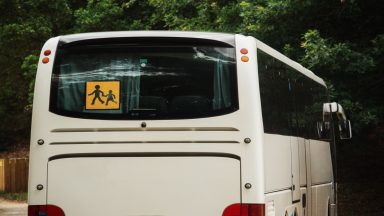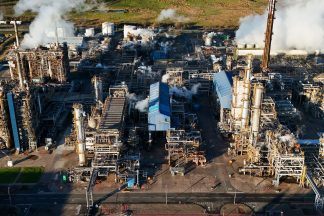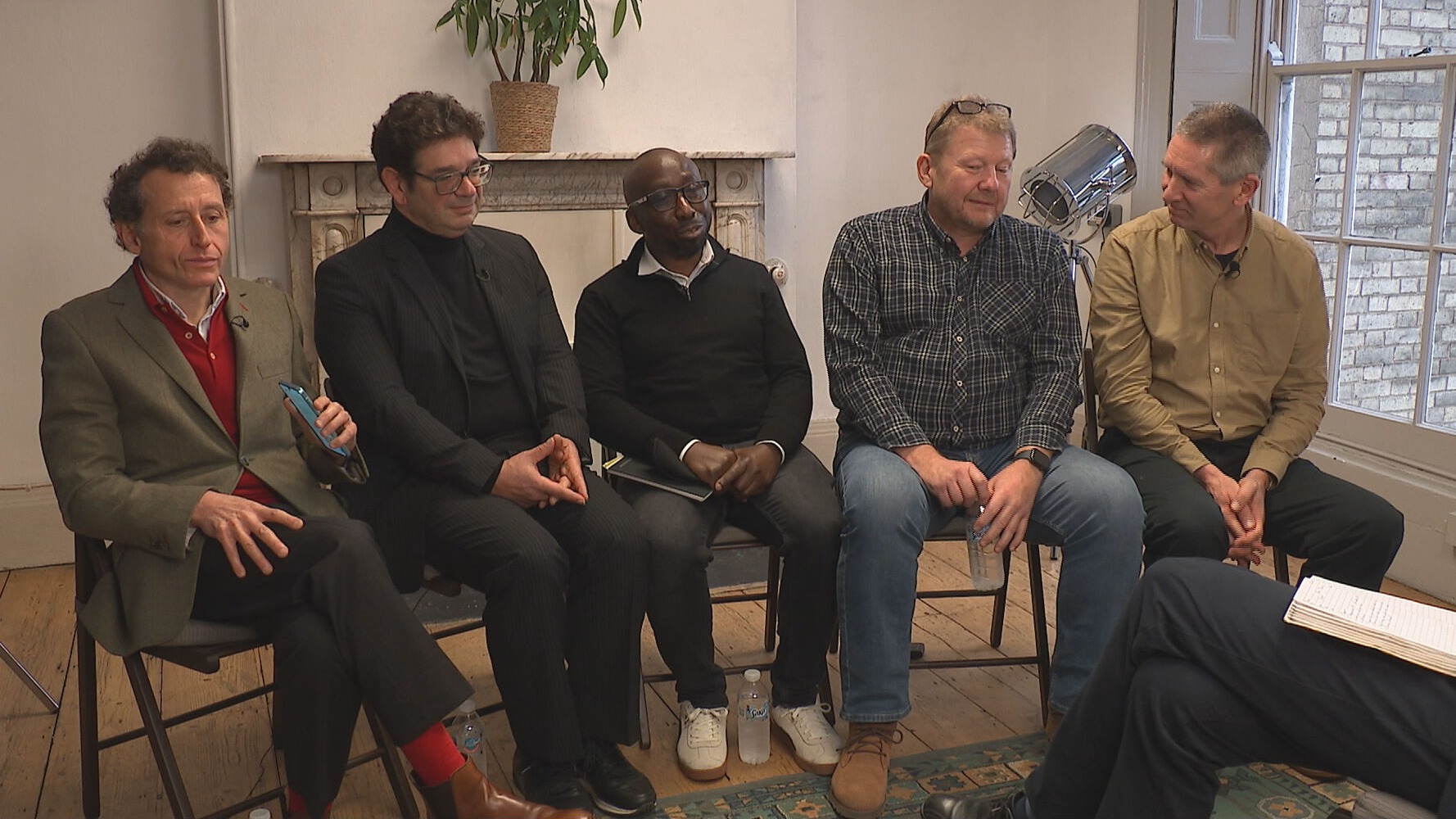Setting off fireworks will become illegal in four Edinburgh communities this Bonfire Night after councillors agreed on which areas to designate as ‘control zones’.
Firework Control Zones will be enforced in Niddrie, Calton Hill, Seafield and Balerno from November 1-10 in a bid to crack down on anti-social behaviour and minimise the impact they have on animals and vulnerable people.
Councillors rejected calls for a city-wide ban after Scottish Government officials said they would be “likely to challenge” the move.
Furthermore the fire service and police said they would struggle to resource and enforce a Firework Control Zones (FCZ) covering the entire city boundary.
The new rules make it a criminal offence to use a firework in a zone on specific dates, unless as part of a display licensed by the local authority.
While it’s hoped they will discourage disorder and violence towards emergency workers seen in recent years around Bonfire Night, it’s anticipated this will continue regardless.
Last November riot police, fire fighters and ambulance workers were attacked by around 100 youths with petrol bombs and fireworks in Niddrie, while there was similar trouble in Southhouse and Sighthill.
David Morrison, station commander with the Scottish Fire and Rescue Service, told councillors: “Whether there’s a firework control zone or not, year on year we’re still going to continue getting the anti-social behaviour from the ones that are non-compliant.”
Asked whether the service could cope with the introduction of a city-wide FCZ, Mr Morrison said: “To answer simply, no.
“We know we’re stretched to the limit year on year, to add this additional demand on us it would be remiss of me to say yes that will be no problem.”
However SNP councillors alongside the Greens backed enforcing the crackdown across the capital to avoid confusing residents and stigmatising communities, as they debated the new powers at the culture and communities committee on Friday, August 23.
Cllr Kate Campbell, SNP, said: “We think it will be very confusing for people for there to be small areas where literally along the road it’s a criminal offence to have fireworks in your garden but further along the road it’s not.
“We think that’s quite a difficult position. I personally feel there might be stigma attached to certain communities, but that also in doing this we’re not necessarily going to address the problem.
“For example the Niddrie proposal is for a very specific number of streets where we’ve seen disorder happen on those streets in previous years but also on other years we’ve seen disorder happen in other areas of the community.
“It seems like a bit of a contradiction to say in some areas of the city this is a criminal activity and in other areas it’s not.”
A report said the Scottish Government “emphasised that the legislation was not intended to enable a FCZ to cover an entire local authority area and have indicated that, should one be implemented, they are likely to challenge this decision”.
Val Walker, Labour culture and communities convener, said: “The guidance issued by the Scottish Government is clear that the zones are smaller zones within the area and not the whole city.
“What weighs on me is the impact on our fire and police services, who have quite rightly… made it clear they cannot resource it.
“This will be the first year of implementing these controls and the experience of this year will give us the basis to review that to have a longer consultation period to have more people, groups and organisations involved.”
FCZs are designed to “support a cultural shift in how fireworks and other pyrotechnic articles are used,” however are not intended to be a “catch-all solution to deal with issues involving fireworks,” according to the Scottish Government, which states the powers should be utilised alongside other preventative and enforcement tools such as dispersal zones and community engagement.
The committee voted six to five in favour of four individual FCZs which were suggested in applications made by various organisations.
An application for a zone covering Balerno was made by the Scottish Society for the Prevention of Cruelty to Animals (SSPCA), while Edinburgh Cat and Dog home supported one for Seafield, Friends of Calton Hill for the city centre and Edinburgh Health and Social Care Partnership on behalf of service users and care staff in Niddrie.
Ahead of November the council will notify residents of the exact boundaries of the agreed zones and launch an awareness campaign to ensure communities are aware of the new rules.
Culture and Communities Convener Val Walker said: “Today the Culture and Communities Committee endorsed the recommended actions, which allows us to implement the Firework Control Zones in the four areas from 1 – 10 November, following the 60-day lay period.
“This is just the first year, and will provide us with tangible evidence of its effectiveness and help guide implementation in years to come, along with extensive community consultation in 2025.
“Community safety, the protection of our emergency services personnel and animal welfare are among our top priorities when it comes to this decision.
“Bonfire Night and broader fireworks use in the city can be an opportunity for communities to come together to celebrate and spend time together, and we hope that these zones will allow the community to celebrate safely.”
Follow STV News on WhatsApp
Scan the QR code on your mobile device for all the latest news from around the country


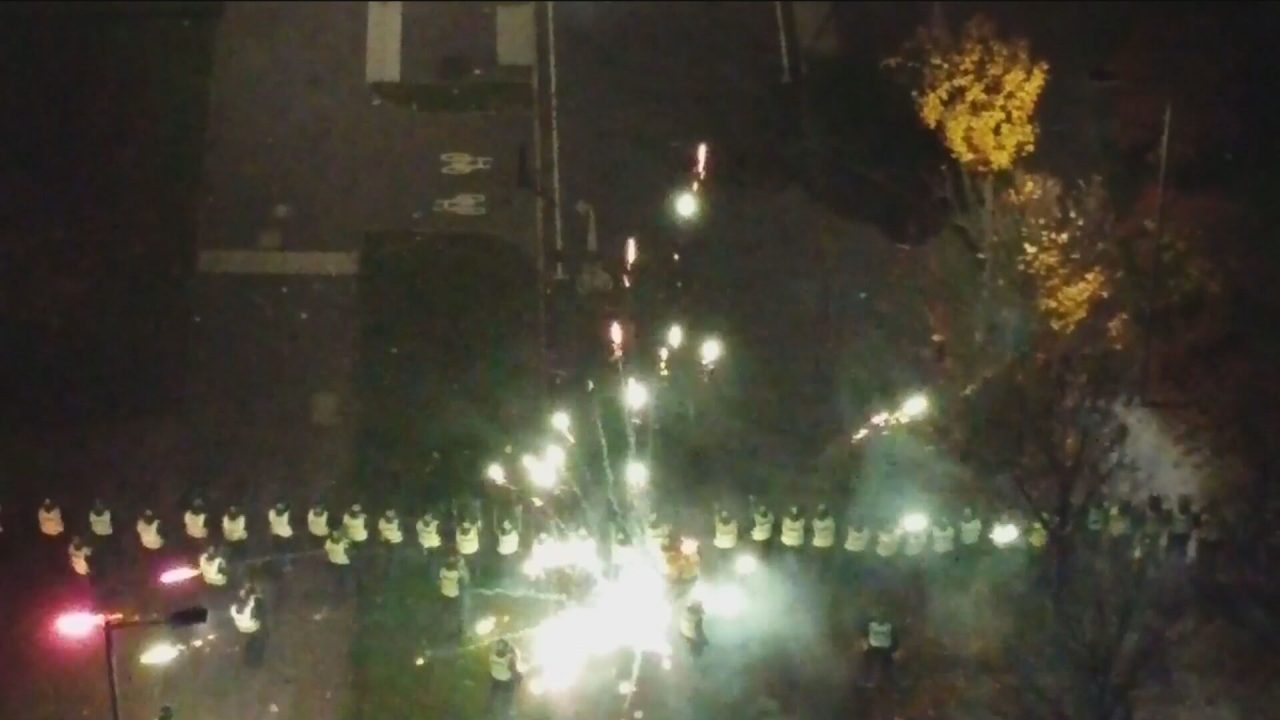 STV News
STV News




